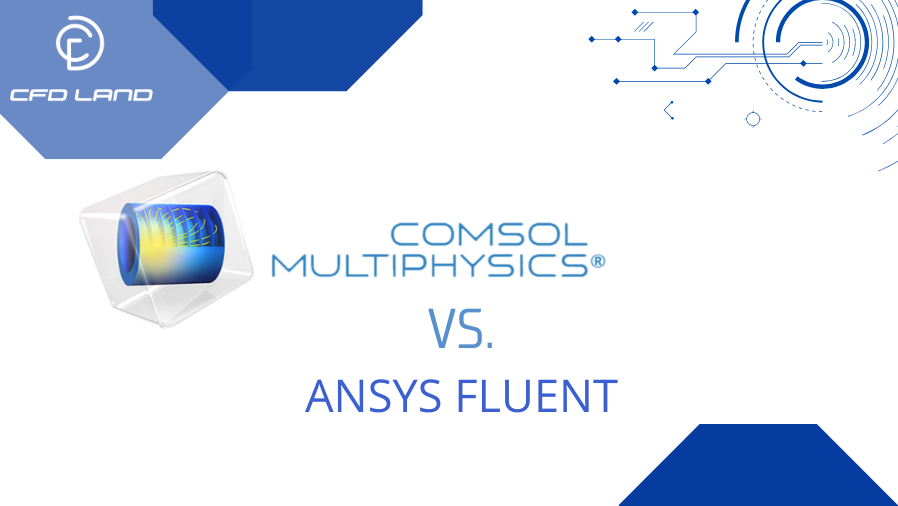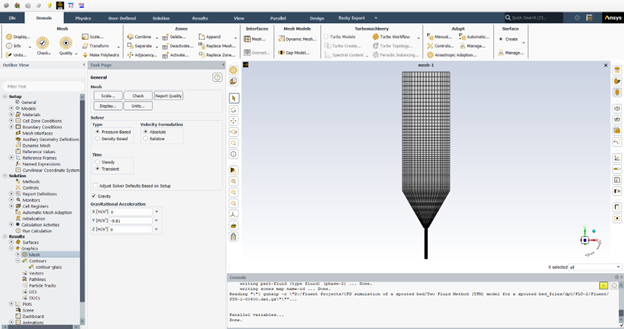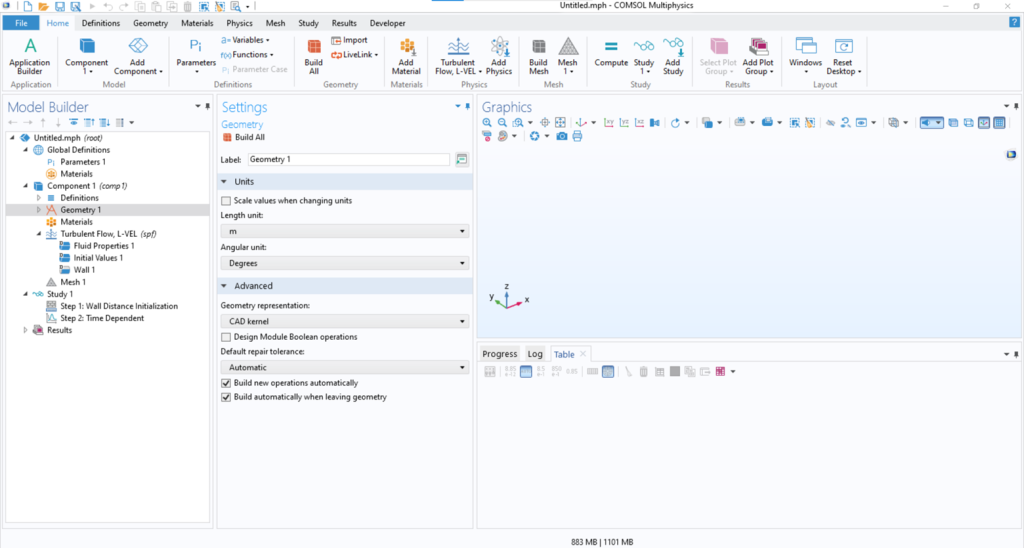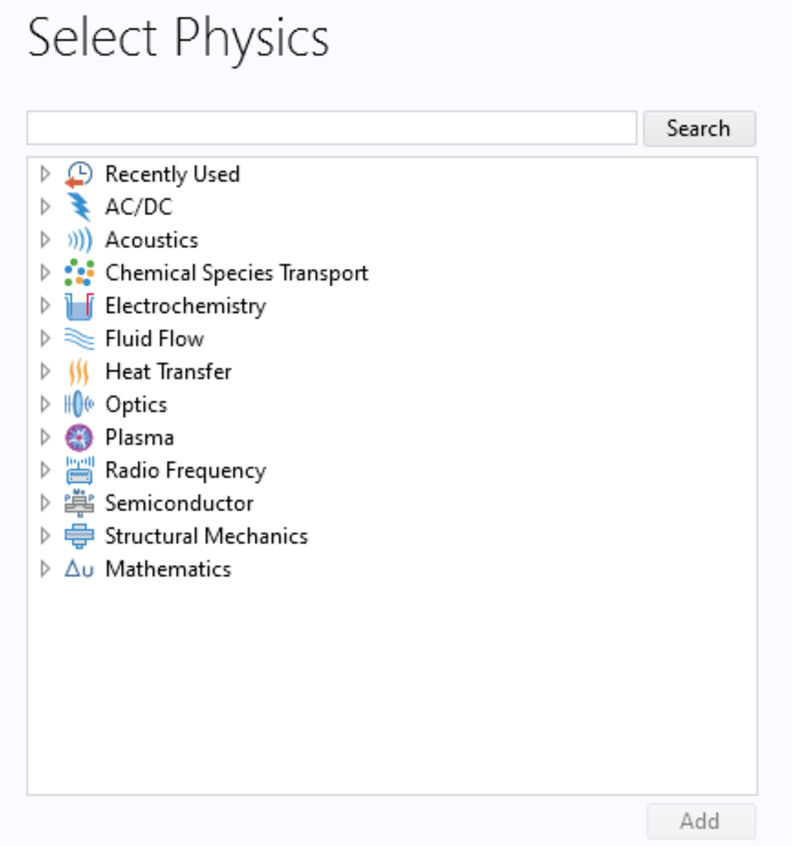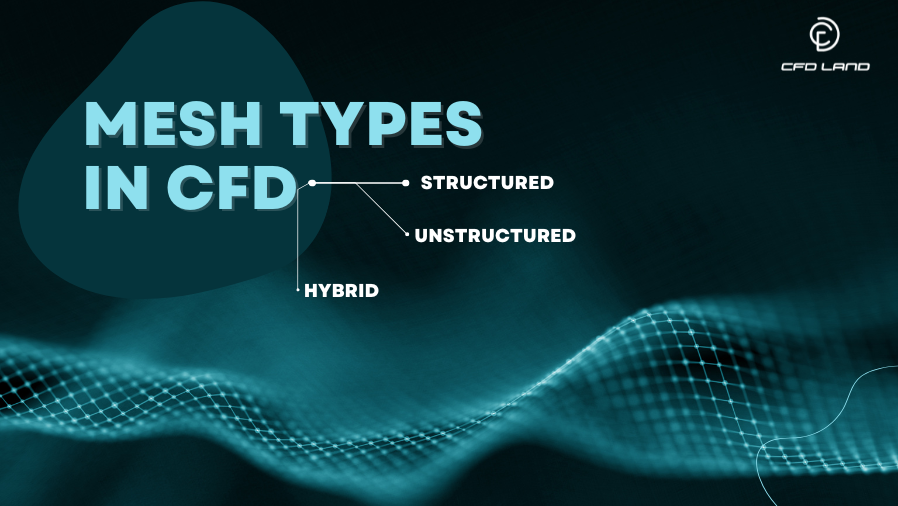One of the vital skills for an engineer is the ability to simulate various systems. ANSYS Fluent and COMSOL Multiphysics are the most famous software in the field of CFD simulation, both have many capabilities and large engineering projects have been done with each. In this article, we will compare these software and tell the advantages and disadvantages of each. We will try to help you choose the option you want. If you’re just getting started with either software, our CFD tutorials can help you master the basics through easy-to-follow examples. Many beginners find it helpful to see how these different platforms handle similar problems before deciding which one fits their needs best.
Contents
ToggleNote that ANSYS Fluent is a part of the ANSYS package that simulates CFD problems. Geometry modeling, meshing, and post-processing are not done in ANSYS fluent, and ANSYS provides other modules for these tasks.
Important Features of CFD Simulation Software
In order to choose the right CFD software, it should have different features. In the following, we will describe these features and compare ANSYS Fluent and COMSOL Multiphysics in each case.
User-Friendly Design and Ease of Use
COMSOL software has a very simple and beautiful design that makes working with the software attractive and also makes learning it very fast. All simulation steps including geometry drawing, meshing, simulation solution and post-processing are available on one page and you can easily move between these sections.
ANSYS has a classic look that makes it take longer to learn than COMSOL. Each part of the simulation, from geometry design to post-processing in ANSYS, has its own module, and to move between different parts, the module of that part needs to be opened, which takes a little time. Overall, ANSYS looks more boring than COMSOL, but this software has been updated and improved a lot in its latest versions.
Image from the main page of ANSYS Fluent 2023 software
Image from the main page of COMSOL Multiphysics 5.6 software
Software License
Both are commercial and expensive software. To buy and see the price of each, visit the website of each software. If you work in a leading university or a cutting-edge company, they probably have bought a license for one of these software.
The Basis of the Solution Method and Software Code in CFD Simulations
The basis of ANSYS Fluent software is the Finite Volume Method (FVM), while COMSOL uses the Finite Element Method (FEM). Generally, in the same CFD simulation, Fluent is faster. Additionally, ANSYS Fluent focuses exclusively on CFD simulations and offers more possibilities in this field than COMSOL. For example, the features and details for simulating turbulent flows and multiphase flows are more extensive in ANSYS Fluent. Finally, if your goal is solely CFD simulations, ANSYS Fluent is recommended.
The Basis of the Solution Method and Software Code in Multiphysics Simulations
Because COMSOL is based on the FEM method, this software is ideal for multi-physics simulations. In the FEM method, it is easier to couple different physics than FVM, in addition, in some fields, such as solid mechanics, the FEM method is superior to FVM. Although ANSYS Fluent is designed only for CFD, if you purchase the full version of ANSYS, you will be provided with a significant number of different modules that can be used for multi-physics simulations. However it is very difficult to establish a connection between modules and their code bases are different, while in COMSOL you can use all modules on one page and connect them easily.
Finally, if you work in a large company and have access to computers with high computing power and want to spend a lot of time learning the software, it is recommended to use ANSYS, note that ANSYS Fluent is only one of the ANSYS modules. If you work at a university or do not want to spend a lot of time learning software, COMSOL is probably the right choice for simulating multiphysics problems.
ANSYS 18.0 software modules are located in the Toolbox section of Workbench. Not all modules are pictured.
Different physics modules in COMOL Multiphysics 5.6. To fit all the modules in the figure, all drop-down categories are closed.
Community and Support
There are many educational resources, books, and projects available for both software programs. Just search online or take a look at YouTube. Both software have large and active forums. However, in the field of CFD, it is much easier to find experts in person for ANSYS Fluent software.
Connecting to other Software
Both software have the ability to communicate and transfer data with different software. MATLAB may be used in the solution process, or the results may be post-processed in Paraview.
Vision of Future
Many efforts are made to develop and update both software. ANSYS is an older company, perhaps its programmers did not think far into the future when writing their codes, which causes problems for code development, COMSOL is a much newer software and does not have this problem. On the other hand, it seems that ANSYS has been very successful in hiring excellent human resources, which probably manages to have the most advanced algorithms in many fields, as it has now.Click to access the CFD heat transfer
Comparison of Steps in a CFD Simulation in ANSYS Fluent and COMSOL
Here we check the details of each stage of a CFD simulation in two software:
Creating the Geometry
Both software packages offer good facilities for modeling system geometry, and it can be said that the capabilities of both software are almost equal. Of course, their ability in this field does not reach the level of specialized CAD software such as SOLIDWORKS and CATIA. Keep in mind that you can transfer files from many CAD software packages to ANSYS Fluent and COMSOL.
Meshing
Both software programs offer good facilities for this step. There are different modules for meshing in ANSYS, allowing for much more specialized work to be done. Therefore, at this stage, ANSYS is preferred. Understanding the different mesh types available (structured, unstructured, hybrid) is crucial for achieving accurate simulation results, as each type serves specific purposes depending on your geometry complexity. If you’re looking to deepen your understanding of various mesh structures and their applications, check out our detailed guide on mesh types in CFD that explains when and how to use each type for optimal simulation outcomes. The right meshing approach can significantly impact both solution accuracy and computational efficiency, regardless of which software you ultimately choose.
A complete guide to understand Mesh Types In CFD
Setting up and Running the Simulation
Both software programs offer a wide range of options in this area. However, in the field of CFD, ANSYS Fluent has the upper hand and is built on superior algorithms, demonstrating its superiority in complex CFD simulations. The details of the settings in this section differ between the two software programs, with ANSYS Fluent allowing the user to modify more parameters.
Post-Processing
In this section, both software programs offer sufficient features, but ANSYS provides several different modules for post-processing, such as CFD-Post and ANSYS EnSight, which include all the details for specialized post-processing work. On the other hand, working with COMSOL is generally simpler. Keep in mind that many CFD experts use specialized software such as ParaView and Tecplot for post-processing.
Ansys Student
ANSYS company has released a version of its software package, including ANSYS Fluent, called ANSYS Student, which you can download from the main ANSYS website. This version does not require a license and is provided for the purpose of teaching this software and giving students the opportunity to familiarize themselves with it. Of course, all these software versions are provided with limitations and are suitable for simple projects. If you’re a student interested in getting started with ANSYS, we’ve created a complete guide on downloading and installing ANSYS Student that covers everything from system requirements to installation steps, available features, and the specific limitations you should be aware of before starting your projects. This resource will help you quickly get up and running with this powerful engineering tool.
ANSYS FREE Version for Students
Conclusion
If the company where you work or the university where you study has already purchased a license for ANSYS Fluent or COMSOL, you may not have the option to choose and will need to use the existing software. If you do have the ability to choose, our recommendation is as follows:
- If you want to work in the field of CFD, ANSYS Fluent is the right choice. We at CFDLAND have completed many CFD simulation projects using this software. Make us proud and visit our CFD Shop.
- If you want to learn a simulation software and CFD is not your only goal, learning COMSOL is recommended at the beginning of your career. This is because COMSOL is relatively easy to learn and is very suitable for multiphysics problems.
- If, by some miracle, you have access to both software, plenty of time to learn, and have decided to become a simulation expert, learning both will greatly enhance your chances of getting hired.
Related Blogs
For readers interested in learning more about simulation software and techniques mentioned in this comparison, check out these helpful resources:
-
What are the differences between ANSYS CFX and Fluent? – Compare these two popular ANSYS solvers to understand which is better suited for your specific simulation needs
-
ANSYS Fluent vs ANSYS Discovery – Learn the key differences between Fluent’s detailed analysis capabilities and Discovery’s rapid design exploration tools
-
ANSYS Fluent vs Star-CCM+ – See how these competing CFD platforms from different vendors compare in terms of features, usability, and performance
-
ANSYS System Requirements – Find the minimum and recommended hardware specifications to run ANSYS software efficiently on your computer

